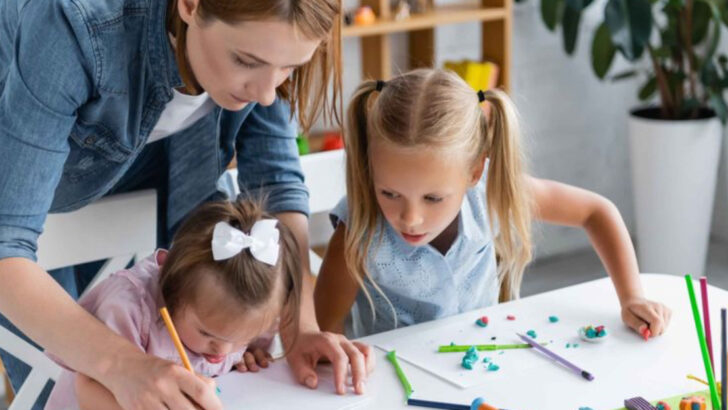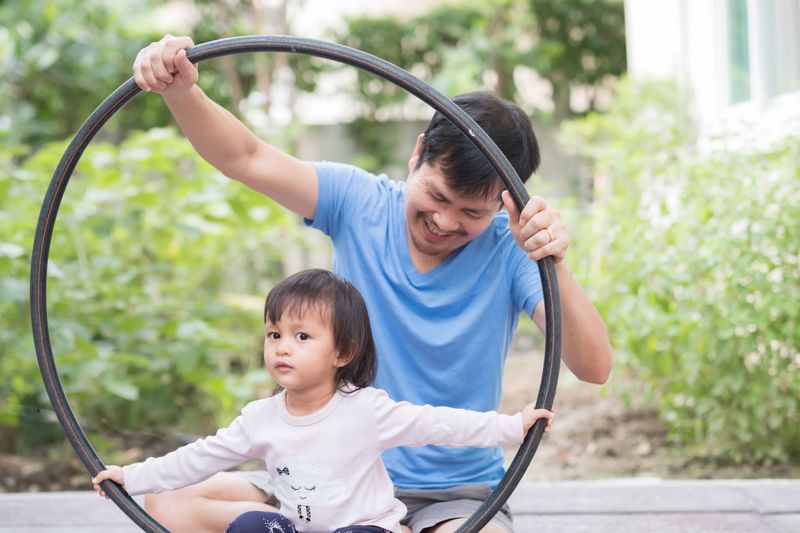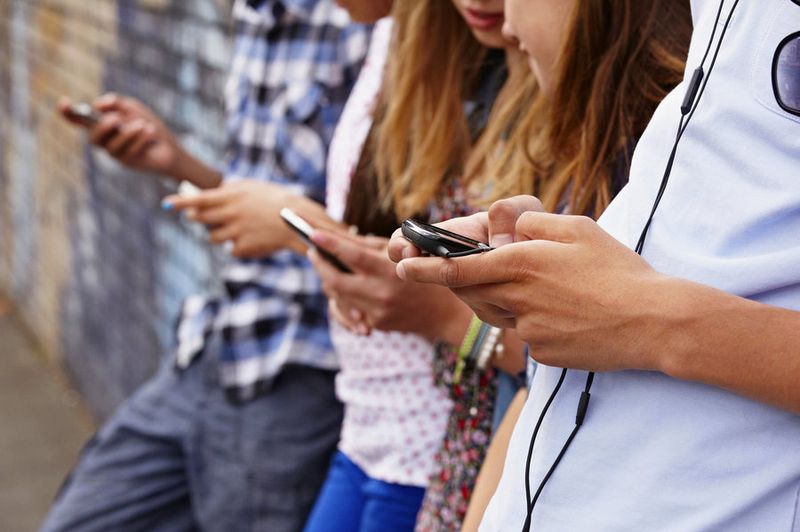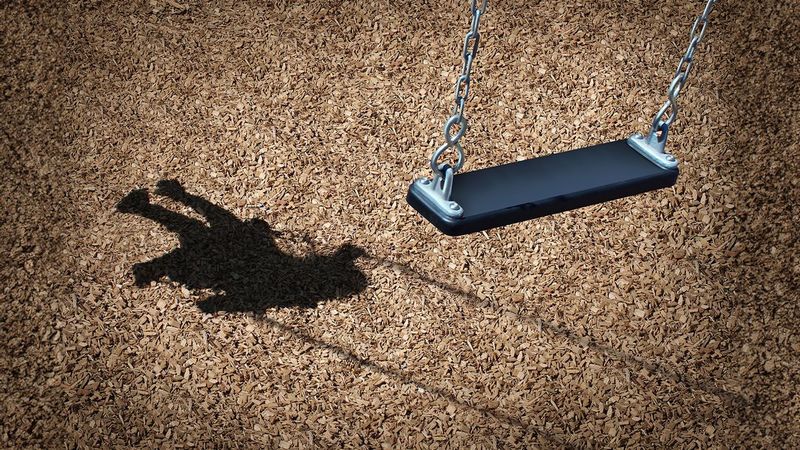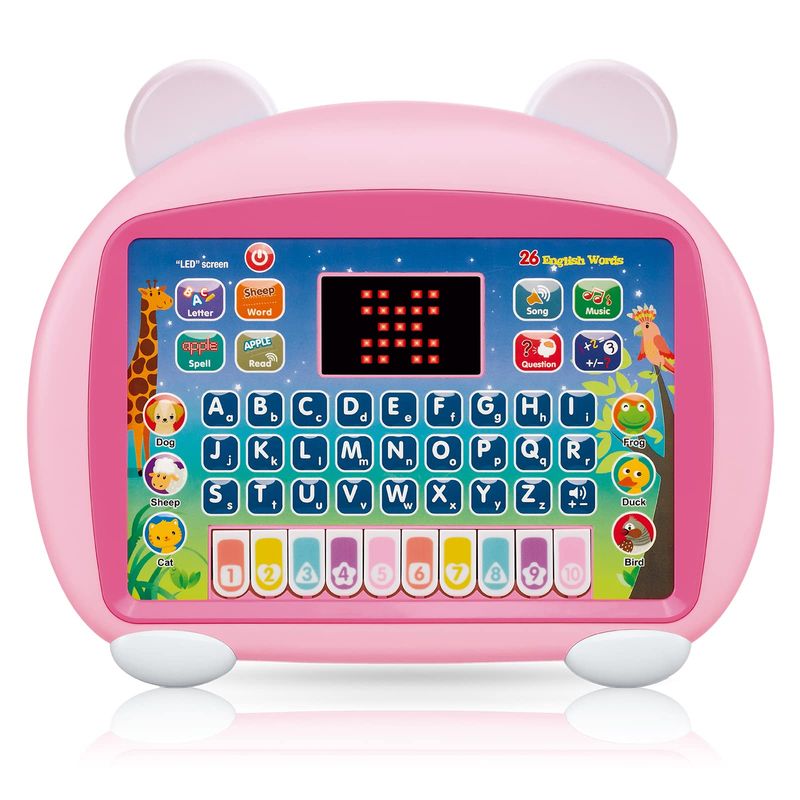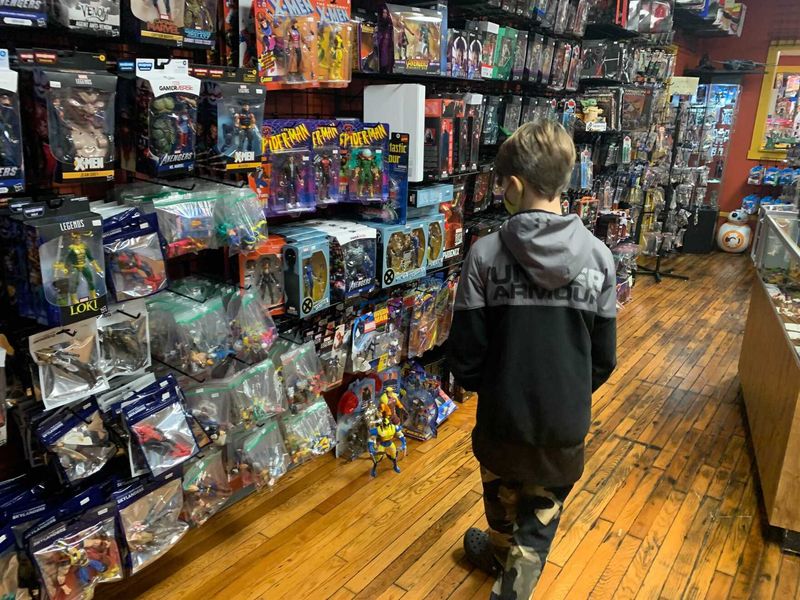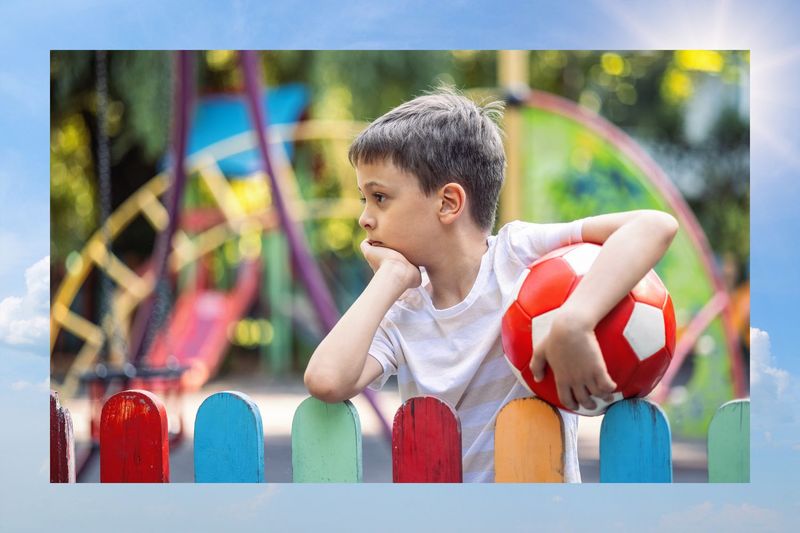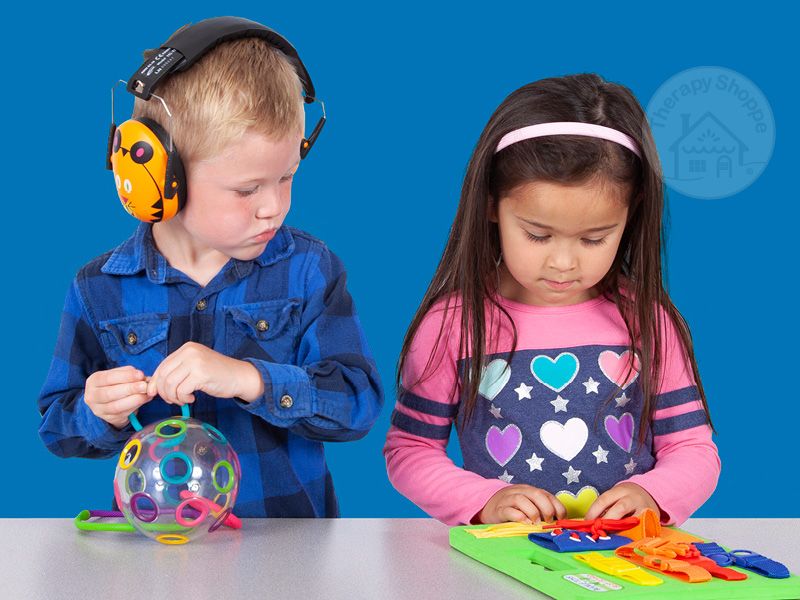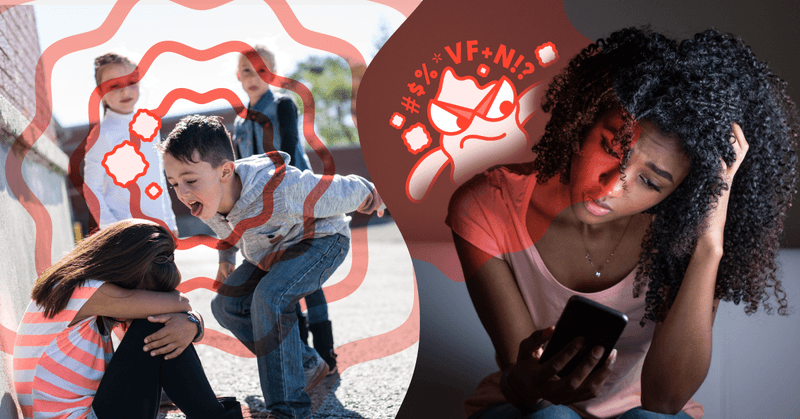If you were lucky enough to grow up in or before the ’80s, you remember the golden days of rotary phones, scraped knees, and playing outside until the streetlights yelled “time’s up.” No GPS tracking. No Wi-Fi. Just imagination, fresh air, and total freedom.
But everything started to shift in the ’90s—and childhood hasn’t been the same since. Technology exploded. Parenting styles changed. Safety got stricter. Structure replaced spontaneity.
Some of it? Game-changing (hello, mental health awareness and seat belts). But a lot of it? Left us missing the muddy, messy, wildly creative chaos of being a kid without a screen in sight.
Ecco 17 ways childhood changed forever after the 1980s—the good, the not-so-good, and the stuff that makes you say, “Wow… we really survived all that?”
1. Play moved from outside to inside.
In the ’80s, kids lived on bikes and in backyards. Today? Screens and couches often win the battle. Where once a child’s laughter echoed through neighborhoods, now it’s the hum of virtual worlds. There’s a certain nostalgia to scraped knees and grass stains, isn’t there? It felt like freedom, unchained and untamed.
Now, as we watch children gather around glowing screens rather than playgrounds, we wonder about the stories they’ll tell. Will they reminisce about levels conquered or friendships forged? There’s a world outside the door, vibrant and waiting.
But perhaps there’s hope in moderation. A balance between the digital and the tangible. Let’s encourage the little ones to step out, breathe in, and get a little dirty. After all, the best memories are often made under the sun, not a ceiling.
2. Technology became the new best friend.
No more passing notes—kids now message, FaceTime, or scroll TikTok together… even when they’re in the same room. Remember the thrill of a folded paper note slipping into a desk? The anticipation as you opened it, hoping for a smiley face or secret?
Today’s connection looks different. It’s instant, vivid, and sometimes overwhelming. Have you noticed how screens light up faces more often than sunrays? It’s a new language, filled with likes, emojis, and memes.
Yet, in this digital dance, let’s not forget the power of a genuine smile or a hearty laugh shared in real life. Balance, dear reader, balance. Encourage them to look up, to see the world beyond their fingertips. After all, every beep and buzz can’t replace the warmth of shared memories, face to face.
3. Stranger danger replaced “come home when the lights turn on.”
Parents became more protective, and unsupervised freedom became a relic of the past. Do you remember the thrill of running through the streets until dusk, no map, no worries? It was a world where curiosity led the way, not caution.
Now, with headlines screaming dangers, parents hold children closer. There’s comfort in knowing where they are, but at what cost? The world felt bigger, more welcoming, and less structured back then.
We stand at a crossroads: ensuring safety while nurturing independence. Perhaps it’s about teaching them to navigate the world, rather than shielding them from it entirely. Let’s remember that exploration often leads to understanding—a compass no GPS can provide.
4. Toys became digital (and expensive).
Forget Lite-Brites and Slinkys. Now it’s all tablets, gaming consoles, and apps with monthly fees. Remember the joy of simple toys? The creativity they sparked, the stories they told?
Today’s toys come with screens and subscriptions. They’re smart, interactive, and sometimes isolating. How do you compete with the allure of virtual worlds and endless content? It’s a digital playground, but is it as fulfilling?
As we invest in tech-savvy toys, let’s remember the beauty of simplicity. Encourage them to build, create, and imagine. Sometimes, the most valuable toy is the one that doesn’t need batteries—just a little imagination.
5. Shopping changed from toy aisles to online carts.
No more dreaming in the Sears catalog—now kids have wish lists on Amazon. Remember walking down aisles, the colorful boxes stacked high, each promising endless adventures? It was a world of tangible dreams.
Today, shopping is a click away. Convenient, yes, but missing is the magic of wandering, touching, and choosing. How do you teach them the value of patience when everything is instant?
Let’s not forget the joy of anticipation. Maybe it’s about blending the old with the new. While the digital cart is here to stay, perhaps a visit to a toy store every now and then can offer the tactile experience they crave. Because some moments are best savored slowly.
6. School became more high-pressure, even in early grades.
Less play, more prep. Kindergarten today feels a lot more like first grade used to. Remember when school was about discovery, not just achievement? It was a time to explore, not just excel.
Now, little ones carry backpacks filled with expectations. The race to succeed starts early, with less room for mistakes. Is it any wonder they feel the weight of the world on their tiny shoulders?
As we push for excellence, let’s remember to celebrate effort. Encourage them to ask questions, to wonder, to dream. Learning shouldn’t be about pressure, but passion. After all, isn’t curiosity the best teacher?
7. After-school downtime turned into structured activities.
’80s kids had time to be bored. Now? Soccer, piano, tutoring, repeat. Do you remember the beauty of an unplanned afternoon? It was a canvas, waiting to be filled with whatever whimsy we imagined.
Today’s calendar is filled with activities, each promising growth and mastery. But where’s the room for spontaneity? For simply being a kid, free from agendas?
Let’s find a balance. While structured learning is valuable, so is the art of doing nothing. Encourage them to find joy in the unstructured, to learn from leisure. Because sometimes, the best ideas are born in the quiet spaces between planned events.
8. Video games went from neighborhood hangouts to online battles.
Arcades faded. Multiplayer meant in person. Now, it’s headsets and usernames. Remember the thrill of crowded arcades, the clinking of quarters, the cheers and jeers shared among friends?
Today’s games are digital realms, vast and connected, yet oddly isolating. How do we bridge the gap between virtual and reality? Where’s the camaraderie in a solitary screen?
Perhaps it’s about creating connections, both online and off. Encourage them to meet, to share, to laugh together, not just through a screen. While gaming can be an escape, it shouldn’t be a replacement for real friendships.
9. Mental health became part of the conversation.
A huge (and positive) shift—kids today hear more about feelings, therapy, and emotional safety. Remember when emotions were whispers, not conversations? It was a time when feelings were often bottled up rather than expressed.
Today, words like anxiety and therapy find their place in everyday discussions. There’s a strength in acknowledging vulnerability, isn’t there? It’s a step forward, but how do we ensure it’s genuine, not just trending?
Let’s encourage open dialogue, but also action. Support them in seeking help, in understanding that it’s okay to not be okay. True strength lies in facing emotions head-on, not hiding behind them.
10. Toys and shows became way more educational—and branded.
PBS taught you stuff. Now? It’s CoComelon, coding kits, and Baby Shark merch everywhere. Do you remember the simple joys of Sesame Street and the lessons they taught through song and story?
Today, learning is a brand, polished and packaged. It’s smart and savvy, but is it too much? How do you keep the essence of learning without the noise of marketing?
Let’s seek out education that inspires, not just entertains. Encourage creativity and curiosity, beyond the logo. Real learning happens in the questions, not the answers. And sometimes, in the simplest of songs.
11. School lunches and snacks got “healthified.”
Goodbye, Dunkaroos and Sunny D. Hello, organic juice boxes and nut-free zones. Remember the taste of peanut butter crackers without a worry in the world? It was a time when lunch was a highlight, not a checklist.
Today’s menus are nutritious, thoughtful, and sometimes, a little bland. How do we balance health with happiness? Are we teaching kids to enjoy food or to fear it?
Let’s find flavor in health. Encourage them to try, to savor, to enjoy. Because eating should be an adventure, not an obligation. And maybe, just maybe, a little treat now and then.
12. Free-range parenting gave way to helicopter parenting.
Once upon a time, kids roamed. Now, they’re monitored, scheduled, and geo-tracked. Remember the exhilaration of a day without boundaries, a world without constant checks?
Oggi, genitorialità is a balance between freedom and fear. How do we let go when the world is a click away? How do we prepare them without controlling them?
It’s about trust, both in them and in ourselves. Encourage little steps, small adventures. Independence is a gift, best given in tiny doses. Let’s show them the way, then watch them soar.
13. Saturday morning cartoons… disappeared.
Streaming replaced the sacred ritual of waking up early for just one more episode. Remember the joy of pajamas, cereal, and the animated worlds that woke up with us?
Today, cartoons are on-demand, anytime, anywhere. But is something lost in the convenience? How do we recreate the anticipation, the shared laughter of a Saturday morning?
Maybe it’s about creating moments, not just consuming content. Encourage them to enjoy, to relax, to share. The best cartoons are the ones watched together. And that’s a memory worth making.
14. Phone calls were replaced by texts, DMs, and group chats.
No more fighting over the landline. Now it’s all thumbs and blue bubbles. Remember the sound of a busy signal, the thrill of a call waiting beep? It was a time when conversations had a voice, not just a tone.
Today’s words are typed, not spoken. How do we keep the art of conversation alive? Where’s the warmth in a text, the emotion in an emoji?
Let’s teach the value of voice, the connection of a call. Encourage them to speak, to listen, to learn. Sometimes, nothing beats a real conversation. And that’s a gift worth passing down.
15. Bullying followed kids home—via screens.
In the ’80s, home was a safe zone. Today? Social media makes it harder to escape cruelty. Remember when the school day ended, so did the teasing? Home was a haven, a place to unwind.
Now, with screens in every pocket, the taunts can follow them anywhere. How do we build resilience in a digital age? How do we teach empathy across screens?
Let’s start by listening, by understanding. Encourage them to speak out, to seek help. Because no one should face bullying alone. And together, we can make home a sanctuary once more.
16. Childhood got documented—a lot.
No more awkward photo albums from birthdays. Now, every moment is online… forever. Remember the delight of flipping through a photo album, laughing at the memories captured on film?
Today, every smile, every step is recorded, shared, and stored. How do we balance living in the moment with capturing it? Where’s the line between memory and performance?
Let’s cherish the now, not just the snapshot. Encourage them to be present, to experience, to enjoy. While photos fade, memories endure. And those are the moments worth holding onto.
17. Imagination took a backseat to information.
Less playing house, building forts, and inventing games. More Googling, swiping, and consuming content. Remember when a cardboard box was a spaceship, a treasure chest, a castle? It was a time when imagination knew no bounds.
Today, information is at their fingertips, vast and endless. But where’s the room for dreams? How do we nurture creativity in a world of facts?
Let’s inspire them to dream, to imagine, to create. Encourage them to build, to play, to wonder. Because sometimes, the best worlds are the ones we invent. And that’s a legacy worth leaving.

